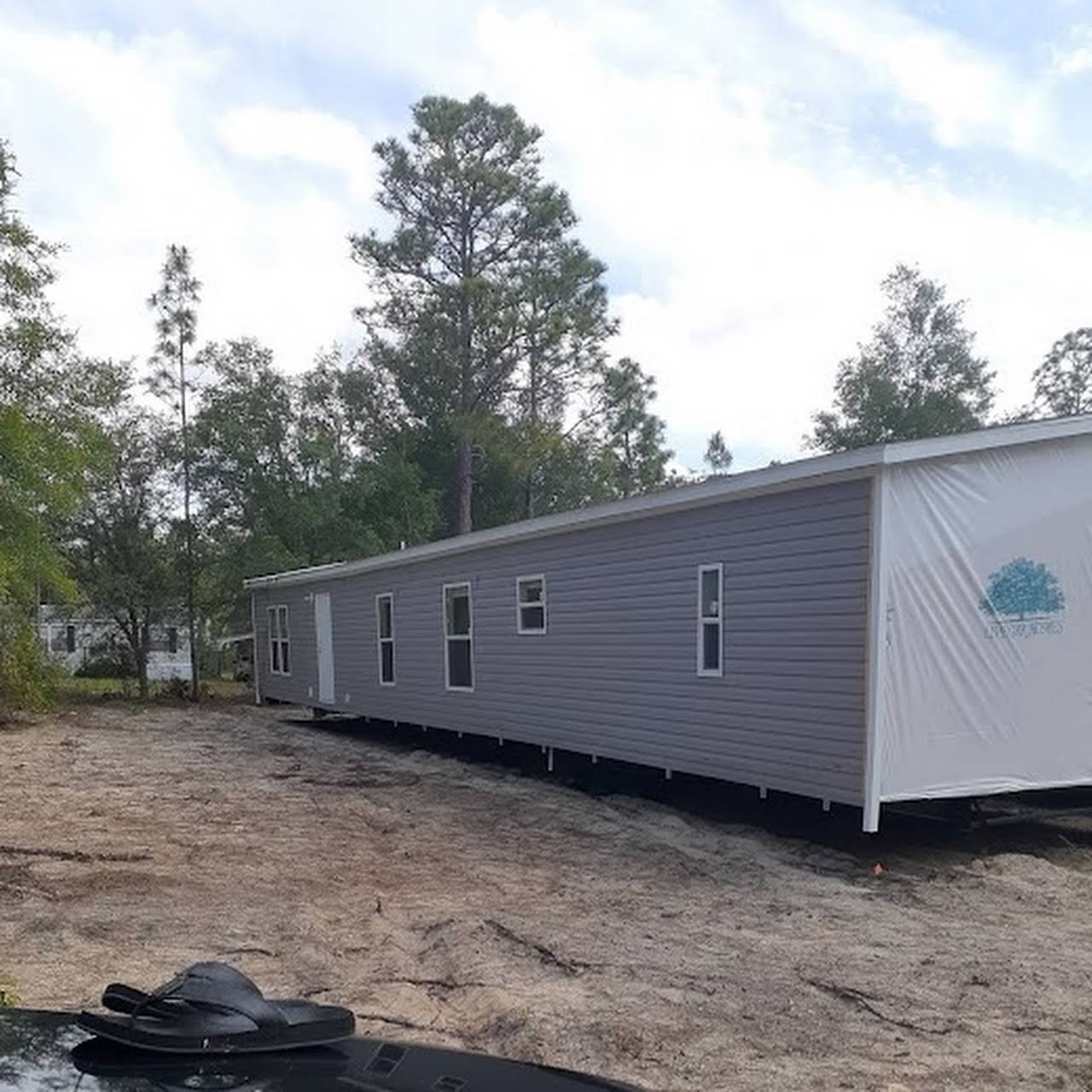
Mobile Home Retrofitting Services Near Orlando
Mobile Home Retrofitting Services Near Orlando
Mobile Home Retrofitting Project in Orlando, FL
Central Florida Mobile Home Leveling & Anchoring is a premier mobile home retrofitting company based in Orlando, FL that offers top-quality services to ensure the safety and durability of your mobile home. With years of experience in the industry, we are a team of skilled and licensed professionals providing expert mobile home leveling, anchoring, and retrofitting services for homes of all sizes.
The mobile home retrofitting services included are re-leveling, which involves ensuring that your mobile home is balanced and stable to prevent structural damage and shifting. Also, anchor installation is one of our staple offers, which help keep your mobile home securely in place during high winds or storms. Additionally, tie-down services are provided that attach your mobile home to its foundation, offering additional stability and safety.
Ultimately, we understand the importance of maintaining the safety and structural integrity of your mobile home, and are dedicated to providing the highest quality services at competitive prices. Whether you need a complete retrofit or a simple repair, our all star team is committed to delivering exceptional workmanship, timely service, and outstanding customer satisfaction.
In conclusion, Central Florida Mobile Home Leveling & Anchoring is a reputable and reliable company that offers superior mobile home retrofitting services in Orlando, FL. We have the most knowledgeable team, extreme attention to detail, and commitment to excellence, which makes our company the ideal choice for all your mobile home retrofitting needs.
The Mobile Home Retrofitting Process Step By Step
Step 1: Initial Consultation and Assessment:
The mobile home retrofitting process typically starts with an initial consultation and assessment. The company's representative visits the customer's mobile home to assess its current condition, identify potential hazards, and discuss the customer's needs and budget.
Step 2: Design and Proposal:
Based on the assessment, the company's team of engineers and designers creates a custom plan for the retrofitting project. The plan may include modifications to the foundation, roofing, walls, windows, doors, plumbing, electrical, and HVAC systems to improve energy efficiency, safety, and accessibility. The company then presents a detailed proposal to the customer, including cost estimates, timelines, and warranties.
Step 3: Permits and Inspections:
Before starting the retrofitting work, the company obtains all necessary permits from the local building department and schedules inspections to ensure compliance with building codes and safety standards. The customer may also need to obtain permits for any changes to the land or utilities.
Step 4: Preparatory Work:
The retrofitting process typically involves some preparatory work, such as removing and disposing of old materials, cleaning the site, and securing the area. The company may also need to make temporary arrangements for the customer's living space during the retrofitting, such as renting a temporary mobile home or providing a schedule for the customer to access the site safely.
Step 5: Retrofitting and Installation:
The company's team of skilled technicians and contractors then begins the retrofitting work according to the plan and proposal. They may use a variety of tools, equipment, and materials to make the necessary changes, including framing, insulation, drywall, roofing, electrical wiring, plumbing pipes, and HVAC ducts. The company may also install new features, such as skylights, solar panels, or storm shutters, depending on the customer's preferences.
Step 6: Testing and Quality Assurance:
Once the retrofitting work is complete, the company tests and verifies the quality of the work, including the performance of the systems, the durability of the materials, and the safety of the structure. The company may also conduct an energy audit to determine the efficiency of the new systems and recommend additional measures to save energy and reduce costs.
Step 7: Final Inspection and Clean-up:
Before the customer moves back in, the company arranges for a final inspection by the building department to ensure that the retrofitting meets all requirements. The company also cleans up the site, removes all debris, and restores the landscaping as much as possible.
Step 8: Follow-up and Maintenance:
After the retrofitting project is complete, the company typically provides the customer with a warranty and maintenance plan to ensure the ongoing performance and safety of the mobile home. The company may also offer follow-up services, such as customer support, training, or upgrades, to meet the changing needs of the customer.


